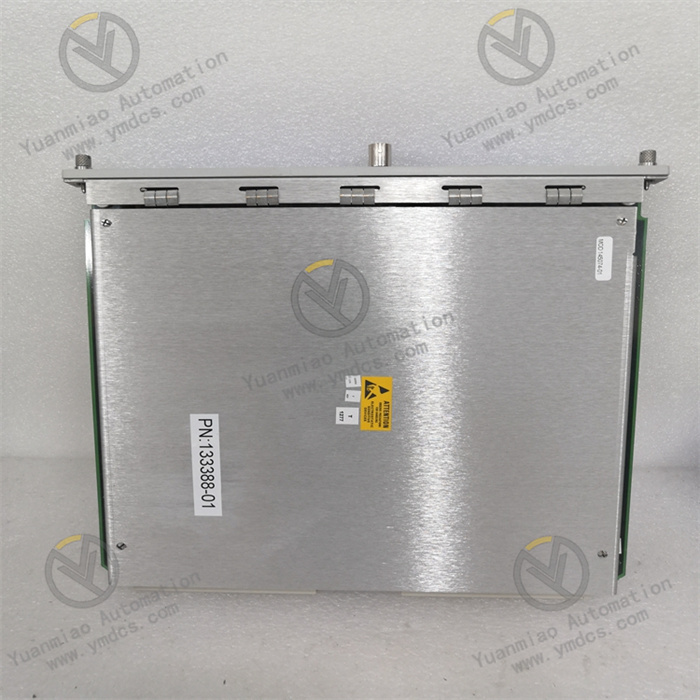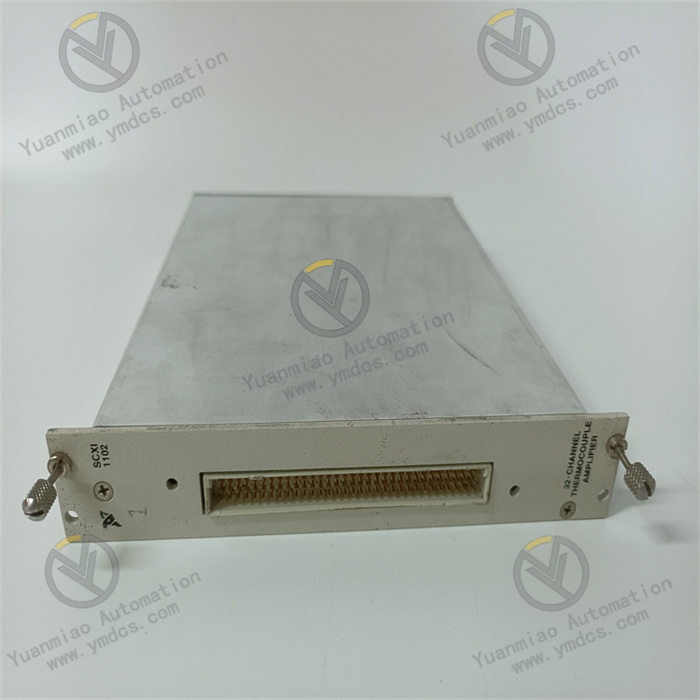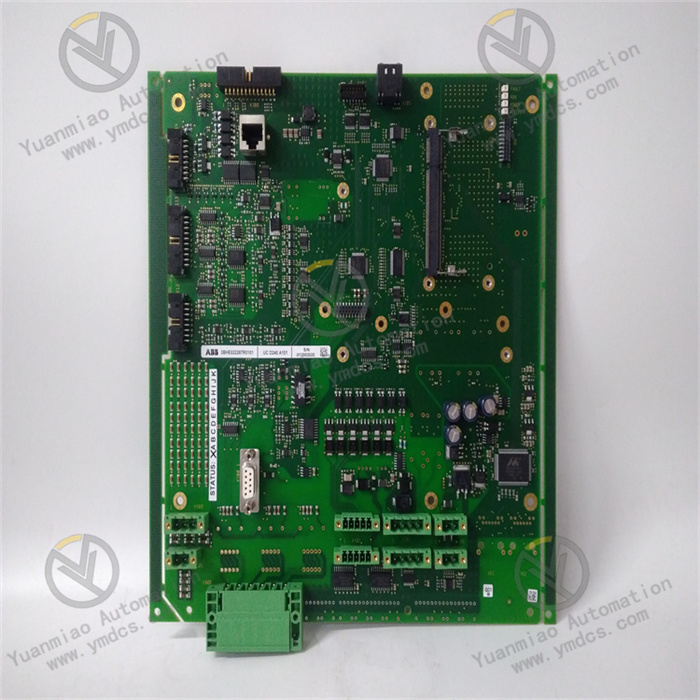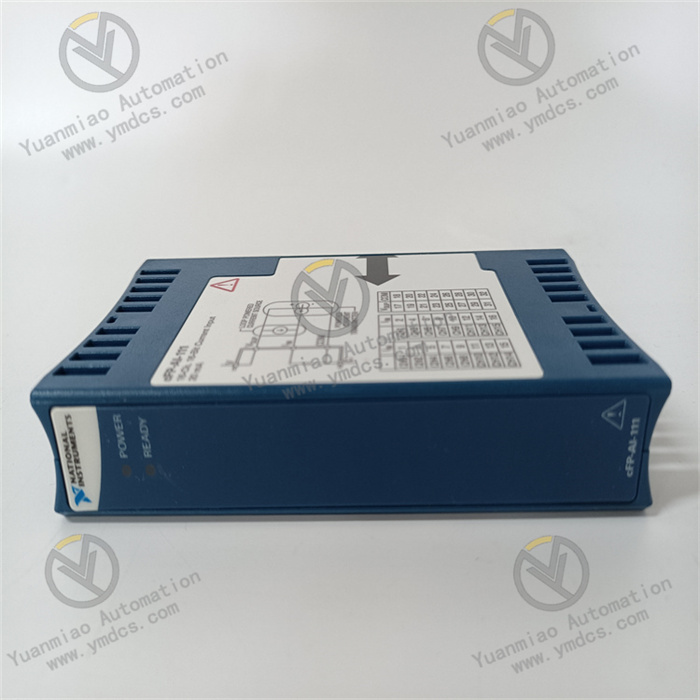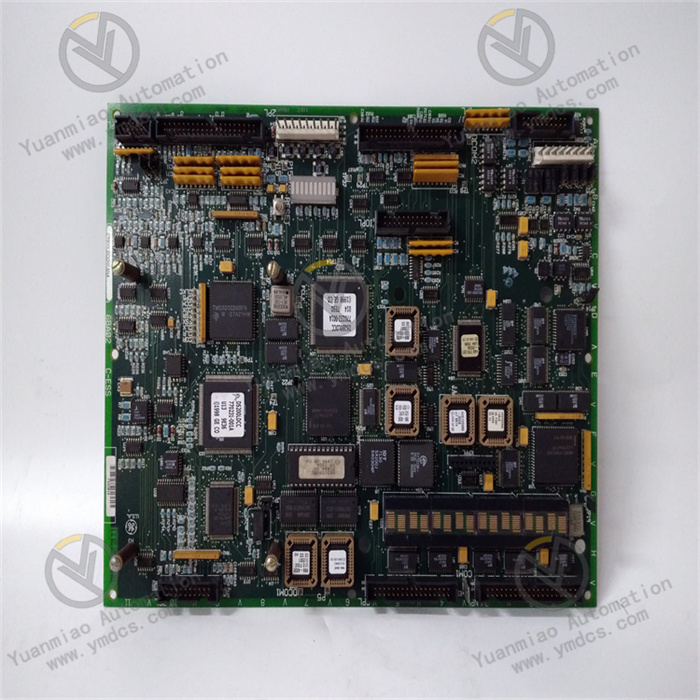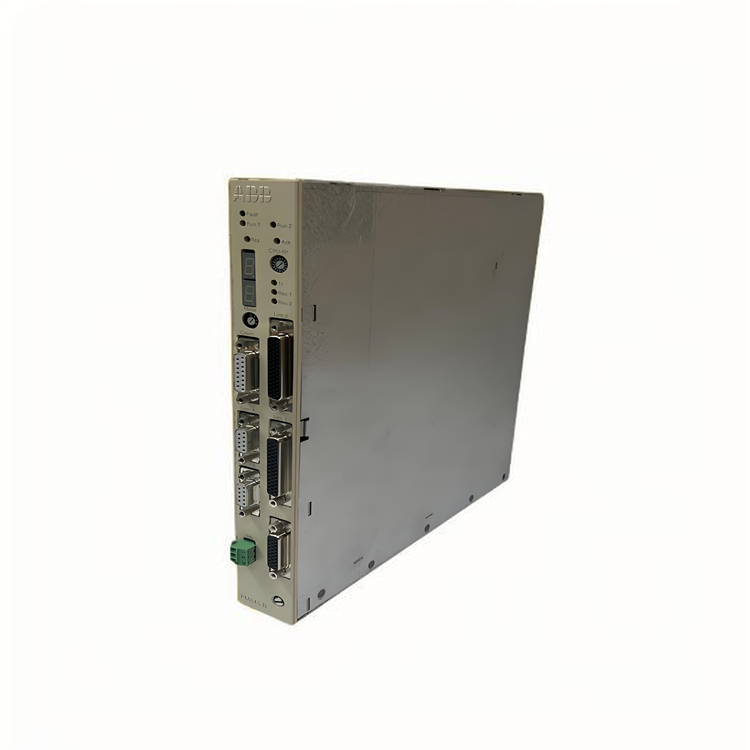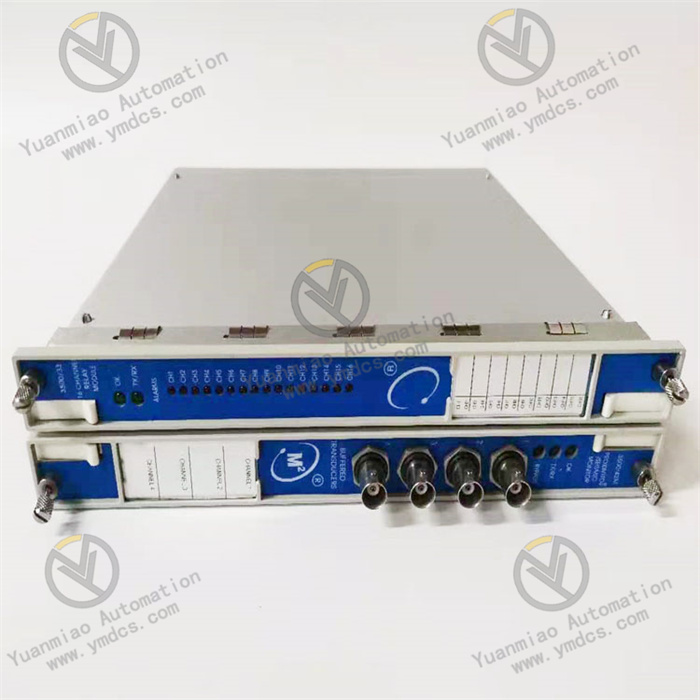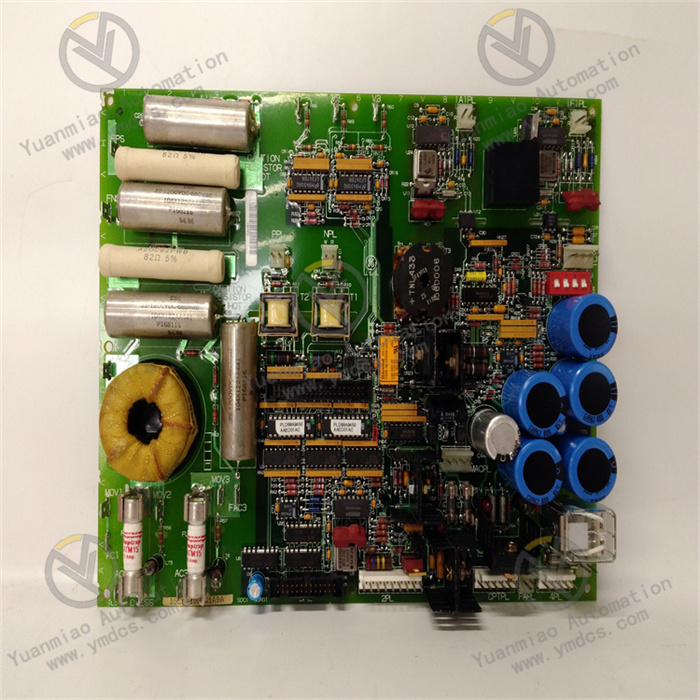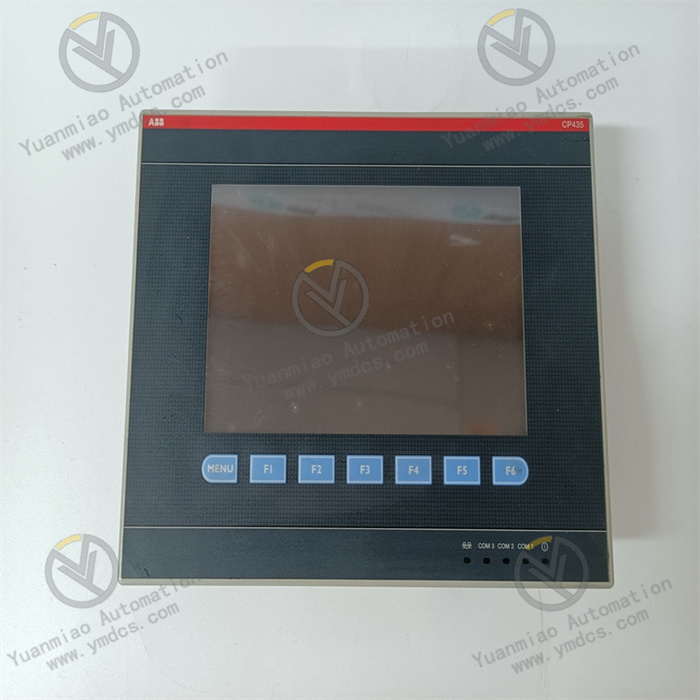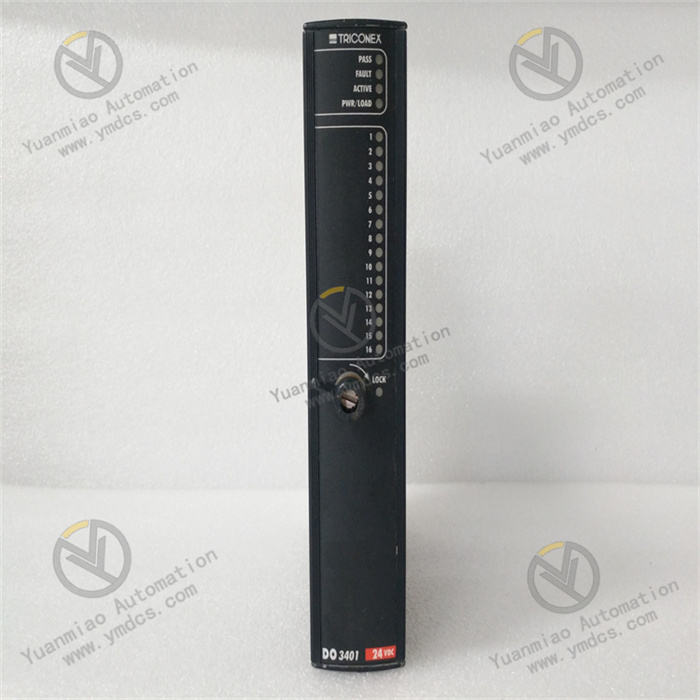Description
Functional Features High-performance control: If it is a product related to a frequency converter, it usually has the ability to control motors with high precision, and can achieve precise adjustment of motor speed and torque to meet the needs of different industrial application scenarios. For example, in an industrial automation production line, it can precisely control the speed of the motor-driven conveyor belt to ensure the stability and accuracy of material transportation. Reliability design: ABB products generally undergo strict quality control and reliability tests, and have good anti-interference ability and stable operation performance. High-quality electronic components and advanced circuit designs may be adopted, enabling stable operation for a long time in complex electromagnetic environments and harsh industrial environments, reducing equipment failures and downtime. Communication and interface functions: It supports multiple communication protocols, making it convenient for integration with other devices or control systems. For example, it can communicate with PLCs, host computers, etc. through protocols such as Profibus and Modbus to achieve remote monitoring and automated control of equipment, improving the intelligence level of the production process.
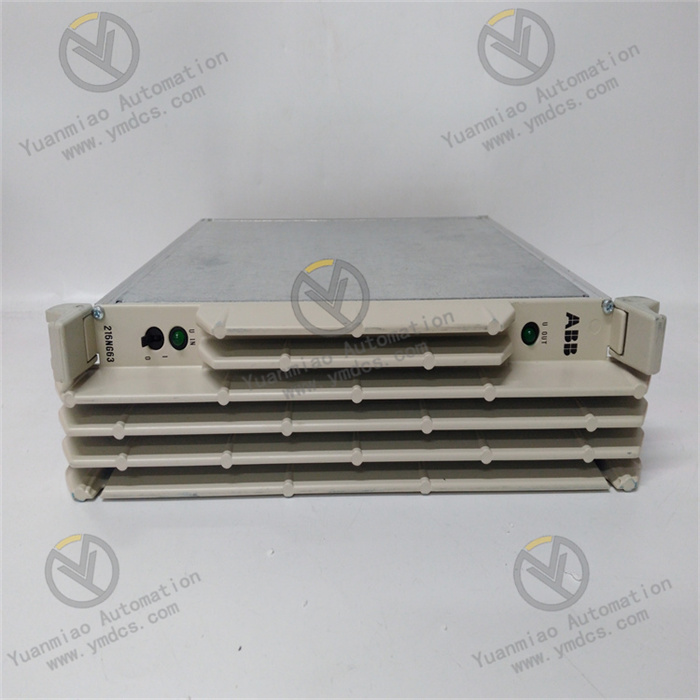
Technical Parameters Voltage level: If it is an electrical drive product, it may be suitable for specific voltage levels, such as common ones like 380V, 400V, 690V, etc., to meet the requirements of different industrial power systems. Current capacity: It has a certain rated current capacity, for example, it may range from dozens of amperes to hundreds of amperes, depending on the actual application scenario and power level of the product, which is used to measure the power of the motor it can drive. Switching frequency: For products such as frequency converters, the switching frequency is also an important parameter, which may range from several kilohertz to dozens of kilohertz. A higher switching frequency can reduce the harmonic losses and noise of the motor, but it will also increase the losses of power devices, and reasonable selection is required in practical applications.
Application Areas Industrial automation: It can be widely applied to the motor drive and control of various industrial production equipment, such as fans, water pumps, compressors, machine tools, etc. Through precise control of speed and torque, it can improve production efficiency and product quality. For example, in a textile factory, it is used to control the motors of textile machines to achieve uniform spinning of yarn. Power industry: It may also be applied to auxiliary equipment in some power systems, such as controlling the operation of cooling water pumps, ventilators, etc. in power stations to ensure the normal heat dissipation of power equipment and the stability of the operating environment. Renewable energy field: In renewable energy generation systems such as solar energy and wind energy, it may be used to control equipment such as converters to convert renewable energy into stable electrical energy and connect it to the power grid, improving the energy conversion efficiency and the stability of grid connection.
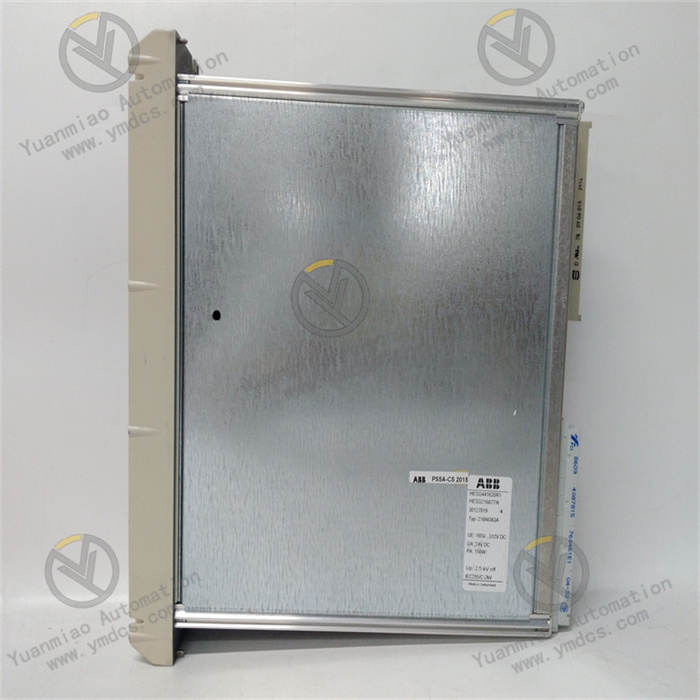
Analysis of Some Common Faults and Their Causes: Power supply fault Phenomenon: The equipment cannot be started, and the indicator light does not turn on. Cause: It may be due to open circuits or short circuits in the power supply line, or damage to the power supply module. For example, after long-term use, the capacitors inside the power supply module may experience problems such as bulging and liquid leakage, resulting in the inability to output a stable voltage. Communication fault Phenomenon: The equipment cannot communicate normally with other systems or devices, and situations such as communication interruptions and data transmission errors occur. Cause: Damaged communication interfaces, incorrect communication protocol settings, network connection failures, etc. may all lead to communication problems. For example, the pins at the communication interface may be bent or broken due to frequent plugging and unplugging, or devices such as routers and switches in the network may malfunction, affecting data transmission. Overheating fault Phenomenon: After the equipment operates for a period of time, the temperature is too high, and the overheating protection mechanism may be triggered, causing the equipment to stop. Cause: Faults of the cooling fan, poor ventilation in the equipment installation environment, aging of internal components, etc. may all cause overheating. For example, the blades of the cooling fan may be blocked by dust, or the fan motor may be damaged, which will affect the heat dissipation effect.
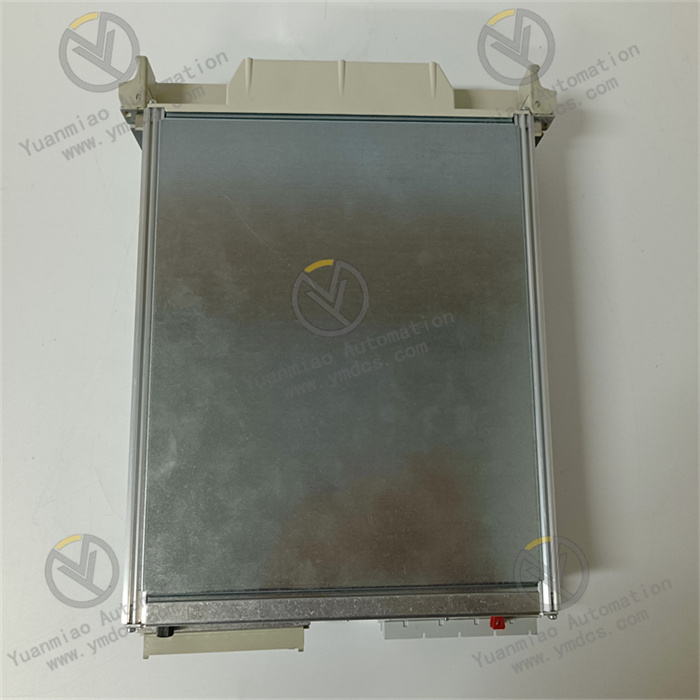
Input and output fault Phenomenon: The input signals of the equipment cannot be received or processed normally, and the output signals are abnormal, such as unstable output voltage and current, or the inability to output correct signals. Cause: Faults in the input and output interface circuit, damage to related relays or contactors, poor line connections, etc. For example, the contacts of the relay may be worn out due to frequent actions, resulting in poor contact and affecting the stability of the output signal. Component damage Phenomenon: Various abnormal phenomena occur in the equipment, such as unstable operation, abnormal noise, and the generation of peculiar smells. Cause: Components such as capacitors, resistors, and chips in electrical equipment may be damaged due to reasons such as overvoltage, overcurrent, and overheating during long-term operation. For example, capacitors are prone to electrolyte drying out in a high-temperature environment, resulting in a decline in their performance or even failure. Software fault Phenomenon: The equipment experiences situations such as freezing, program crashes, and abnormal functions. Cause: Incompatible software versions, program errors, intrusion of viruses or malicious software, etc. may all lead to software faults. For example, after upgrading the software of the equipment, it may be incompatible with the hardware or other software modules, thus causing various problems.


